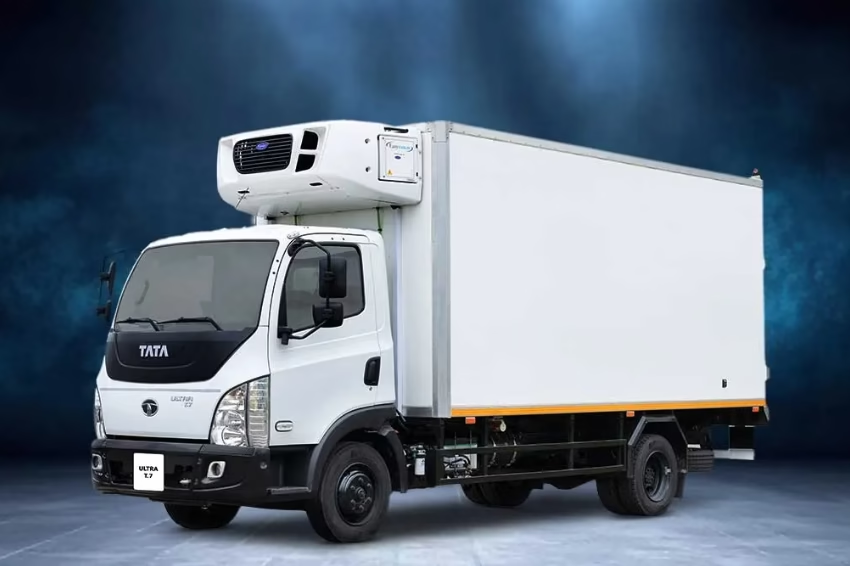For nearly two centuries, rural villages and small towns have served as our land’s cultural and economic backbone. On the other hand, small-town economies have been degrading for decades in an irreversible cycle across the United States.
Residents of small towns are driven to expend money in cities and larger cities when small towns lack businesses. As a result, more companies in small towns are closing, draining even more money from the regions that make up India’s backbone.
The Trend of E-commerce Websites/App
Consumers nowadays demand businesses to own an e-commerce website or e-commerce App, and they frequently use the internet to gather information before making a purchase. Many people will never consider a firm’s products or services if it does not have a web presence, losing you of the chance to promote the business as well as possible purchases.
It is not too long to change the trend and re-establish our communities. Small towns and rural areas can use e-commerce to equal the playing field by eliminating geological barriers and reinvesting money from cities and larger cities in their local economies.
How has E-commerce grown in the last 5 years in small towns?
While more cash may spend online, the fact is that only 40% of the world’s public had internet access in 2013. According to Goldman Sachs, E-commerce 2013 online sales are expected to treble in the next five years. Mobile commerce or online payments made with a tablet or phone have only recently gained popularity and are predicted to surpass 2013 e-commerce levels within the next five years.
How has E-commerce Business changed?
It’s never been easier or more economical to start an e-commerce business online, and our rural areas and small towns have a chance to break the economic cycle.
Thanks to e-commerce apps and websites that bring buyers and sellers together on e-commerce networks, all of that has changed. Even in the tiniest of American cities, vendors can now sell to a customer who lives on islands or in the highlands at any time of year!
How E-commerce does helps people of small communities?
Customers can explore an online store and make purchases for products and services using their own devices, and this credit goes to e-commerce, which is driven by the internet.
The customer’s internet browser will connect to the server that hosts the online store website as the order is made. A central computer recounts the order information, known as the order manager. After that, the system sends it to database systems that handle inventory levels, a merchant system that appears to be able to payment information (using mobile apps such as PayPal), and a bank system before returning to the order manager.
Store’s Inventory and Order Administrator
This is to ensure that the store’s inventory and customer cash are adequate to complete the order. The order administrator will tell the store’s web server after the order has been verified. The webserver will show a message informing the customer that their purchase has been adequately handled. The order manager will communicate order data to the warehouse or fulfillment department to ensure that the product or service is effectively delivered to the client. A customer may receive physical and digital things or get to a service at this stage.
Online Marketplaces
Systems that host e-commerce activities may also include online marketplaces where sellers can sign up, like Amazon.com; software as a service (SaaS) services that enable consumers to ‘rent’ online store facilities; or open-source software that enterprises can operate in-house.
What causes small-town online shopping so attractive?
The e-commerce channel offers numerous advantages over traditional brick-and-mortar shops for businesses in Tier II and Tier III cities. Sellers are not reliant on high-cost real estate, which adds to their costs. Instead, companies can keep their stock in more cost-effective warehouse options provided by e-commerce corporations.
Easy To Handle at the International Level
Today, many startups are running India’s e-commerce development by allowing tiny businesses in rural areas to go online. They handle everything from goods sourcing to last-mile deliveries in both domestic and international markets. The single most significant possibility is for retailers to broaden their presence by leveraging e-commerce companies’ large customer bases or traffic.
Easy To Advertise
Online marketplace systems have taken several campaigns to find things simpler for sellers to attract customers, including marketing efforts to raise customer awareness, promoting support for goods sold on the platform to attract users, and allowing digital payments.
On the other hand, they’ve invested much in developing a provider network to assist small-town merchants with advertising, listing, and other operational tasks. This not only improves the client experience with each transaction but also encourages the buyer to return. These advantages would not have been easy for small enterprises to acquire on their own.
Save Time and Efforts of Both Parties
Because Flipkart and Amazon have made significant expenditures in marketing and supply chain growth, it is much easier for merchants to benefit from these efforts without putting money into their own pockets. According to a recent study, clients make faster decisions when making online purchases, decreasing transaction time and enabling retailers to handle more customers at the same time.
The Convenience of Online Transactions
Another reason why small-town merchants are jumping on the e-commerce bandwagon is the convenience of online transactions. With a rising number of transactions via UPI – 755 million in June 2019 – vendors may avoid long bank lines and handle bundles of currency notes. It has also helped them keep track of their cash at all times, ensuring that their operation is not disrupted.
Future of E-Commerce in Small Towns
According to industry estimates, online sales will boost in the coming years due to increased internet penetration in the world’s non-metro cities, rising income levels, technology, rapidly growing data usage, improved logistics, and many offers introduced by e-commerce development services. And India’s Tier II and Tier III cities are expected to be at the forefront of this vast expansion.
Conclusion
Now you have read all about why small towns produce higher sales from e-commerce. The most attractive factor of e-commerce is to transcend geographical boundaries. So, if you start an e-commerce business in a tiny town, your website may be seen by individuals worldwide. It doesn’t matter if you’re based in a small town if you can manage the difficulties of delivering the requested products!






